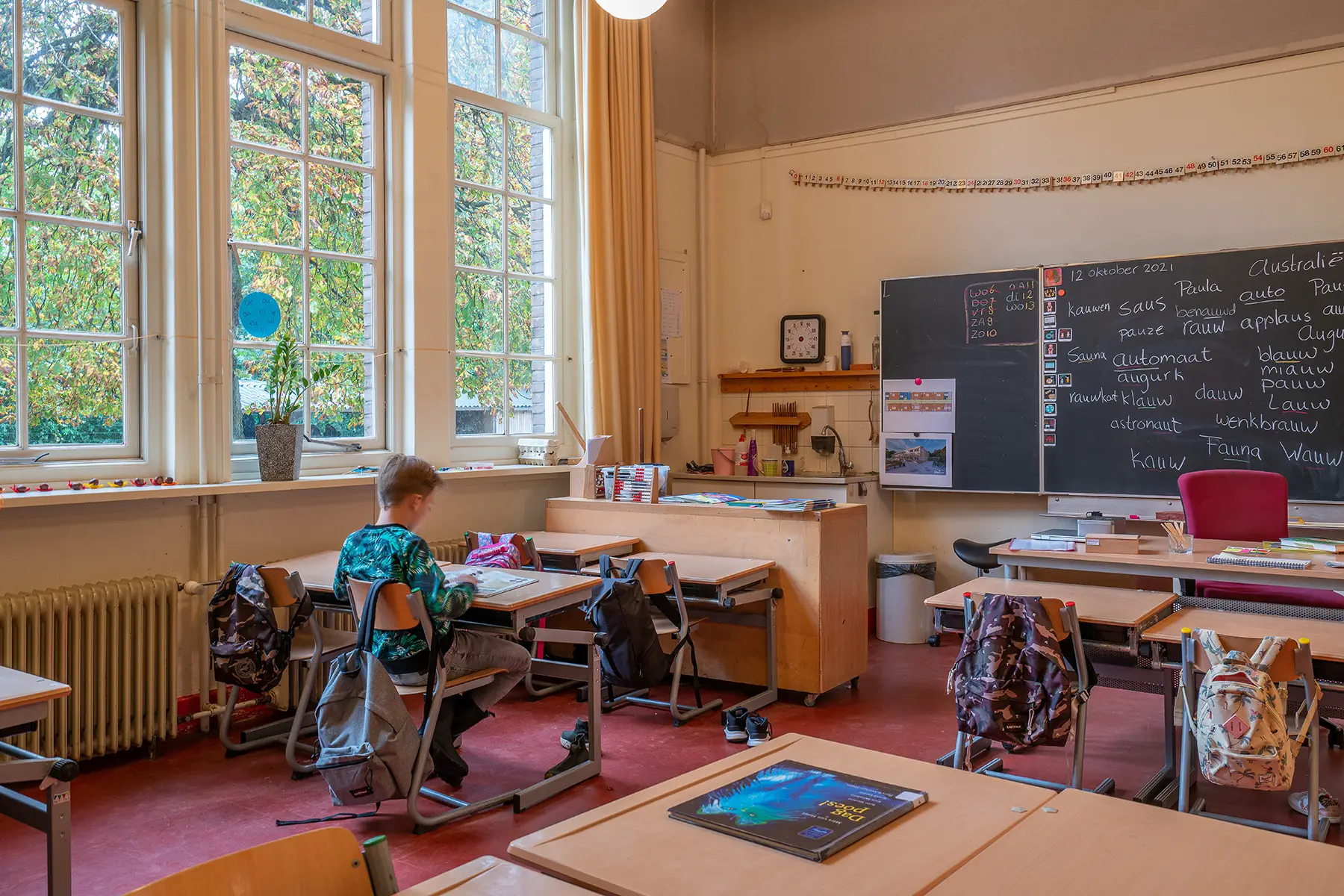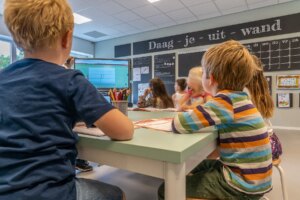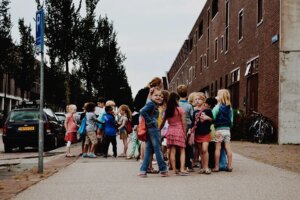The Netherlands offers high-quality education and lets parents choose from various educational approaches when enrolling their child in primary school. But although it is nice to have a lot of choice, it may also be overwhelming for international parents who didn’t grow up with this system.
This helpful guide to primary schools in the Netherlands gives you a head start when choosing a suitable school for your child. It includes the following sections:
- The primary education system in the Netherlands
- Government-funded schools in the Netherlands
- The curriculum in Dutch primary schools
- Common educational philosophies in the Netherlands
- Graduating from primary school in the Netherlands
- State-funded schools in the Netherlands: registration and costs
- International schools in the Netherlands
- Private primary schools in the Netherlands
- Useful resources
Amity International School Amsterdam
Amity International School Amsterdam is a global learning environment located in Amstelveen for students from 3–18 years old. As an accredited IB World School, it offers the IB Continuum for the Primary Years Programme, the Middle Years Programme, and the Diploma Programme. Amity provides a broad, thorough education for all ages that combines academic excellence with a variety of opportunities in sciences, the arts, and more. See what future Amity could offer your children today.
The primary education system in the Netherlands
Most children start primary school (called ‘basisschool’ in Dutch) the day after their fourth birthday, whenever that is throughout the year. From the first school day of the month following their 5th birthday, all children are under the obligation (called leerplicht in Dutch) to go to school. Homeschooling is generally not allowed, but there are a few situations in which an exception can be made.
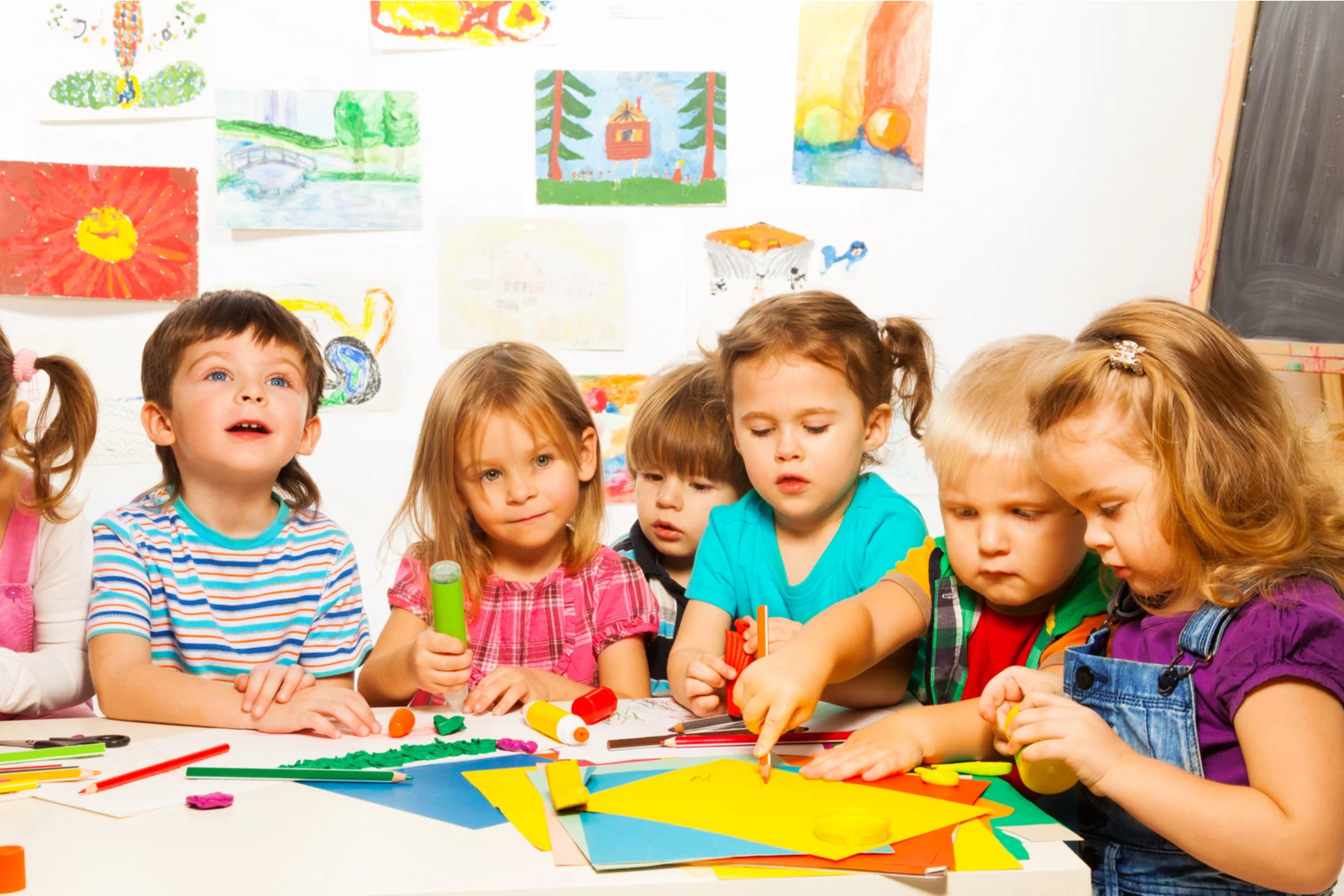
Most schools combine group 1 and 2 in the same class for children aged four and five, which they call kleuterklas (kindergarten). In this kleuterklas, they work a lot with themes, and focus on learning through play, social skills, new vocabulary, fine and gross motor skills, structure, independence, self-expression, and gradual preparation for reading and writing. The ‘real’ academic work starts in group 3, at the age of six.
Most pupils are 12 years old when they are in group 8, the last year of primary school. Based on the teacher’s recommendation and their results in the end test of primary school, they transfer to a suitable secondary school afterwards.
Types of schools in the Netherlands
Many parents highly value their choice of education. The government funds most Dutch schools, which often follow a specific educational philosophy, or have a religious orientation. There are also a handful of private (fee-paying) schools, as well as some bilingual and international schools to choose from.
You can roughly distinguish the following three types of primary schools in the Netherlands:
- Government-funded schools: openbare, bijzondere, and bilingual schools
- Private schools
- International schools
Government-funded schools in the Netherlands
The vast majority of Dutch pupils attend government-funded schools, but some parents send their children to one of the few private schools.
The government-funded schools are either openbare (public) or bijzondere (special) schools. Regardless, all schools have to adhere to the core objectives set by the Ministry of Education, Culture, and Science (OCW), and take part in the obligatory end test of primary school (Eindtoets groep 8).
However, individual schools have a lot of freedom to fill in the details of the curriculum and budget allocation. As a result, no two schools are the same. We’ll help you understand these differences, so you’ll have a better idea of where to send your child.
Openbare and bijzondere schools
Public (openbare) schools are funded by the government and run by an independent foundation originally set up by the government. They are always non-religious, but may follow a particular philosophy, e.g., Montessori, Waldorf, Dalton or Jenaplan.
About two-thirds of all primary pupils attend a bijzondere school. These schools have their own board (bestuur) and often follow particular pedagogic principles as seen above, or are based on a religion or belief system, like Catholicism, Protestantism, Evangelism, Islam, Judaism, Hinduism, or humanism. Nowadays, most religious schools are pretty mild in terms of religion, and you don’t need to be religious to send your child there. However, as this varies per school, it is always a good idea to ask the school of your interest for more information.
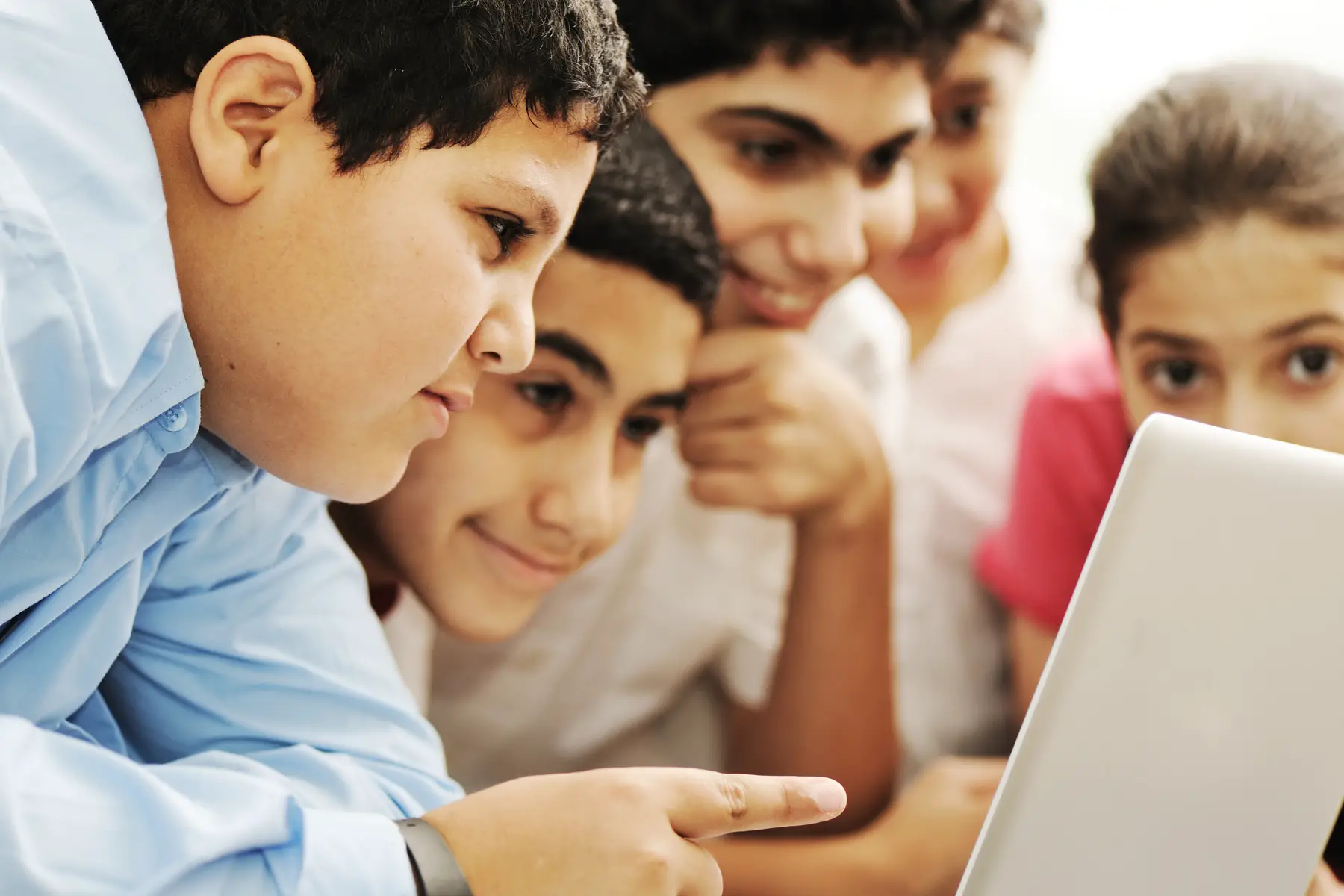
Since 1917, Bijzondere schools have had equal state funding to openbare schools (Freedom of Education Act). Bijzondere schools are not the same as private schools. You’ll also find some schools with a special focus on arts, culture, nature and science, and sports.
But what about languages?
Government-funded bilingual schools
By law, all schools must teach English as a subject from group 7 (age 10) at the latest. Over 1,150 primary schools have decided to start offering foreign languages earlier, sometimes as early as group 1. These schools are called VVTO schools (Vroeg vreemdetalenonderwijs). Most of these schools have chosen to teach English around 15% of their time (about 3–4 hours per week), but at some other schools, pupils can also learn French, German, or Spanish.
Additionally, there are 17 schools which have been appointed as national pilot schools for bilingual education. Here, lessons are taught in English for 30–50% of the time, which means that subjects other than English are taught in English too. These bilingual pilot schools are being closely monitored, supported and evaluated by the Ministry. The pilot started in 2014 and will run until 2023. If the results are positive, more bilingual schools might open.
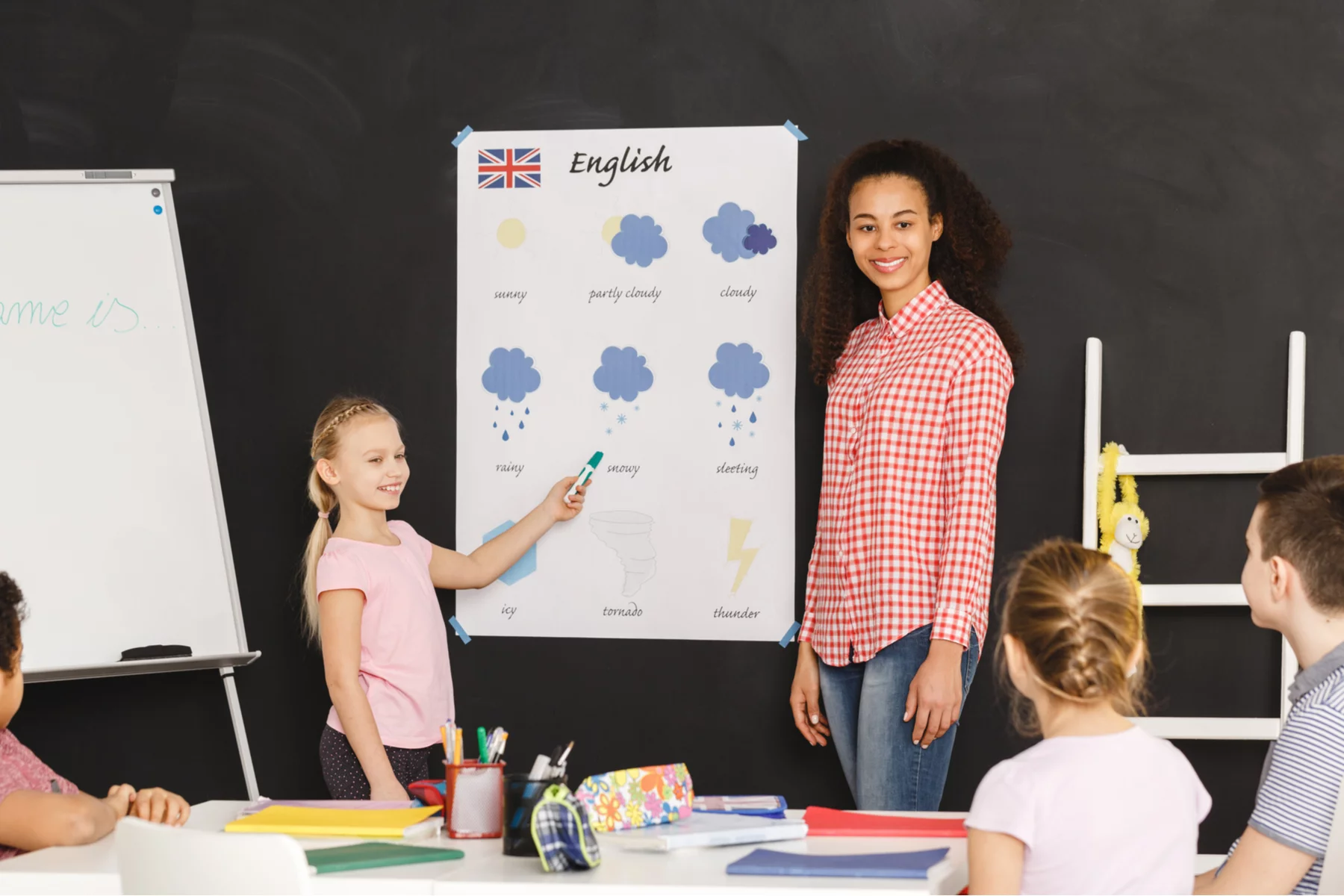
Many international parents see these schools as an in-between solution between Dutch and international schools, which they are not. You should be aware that the bilingual schools are Dutch schools where they teach part of the curriculum in English. All the tests are in Dutch, and at the end of primary school, the pupils at bilingual schools have to achieve the same level of Dutch as pupils who have attended a fully Dutch school.
In reality, these schools are often more beneficial for Dutch children who want to learn good English early, rather than the other way around. And usually, these schools cannot accommodate children who don’t speak Dutch yet. In this case, they should go to a newcomer class first.
Newcomer class
Children who are six or older (in some cities, ages 4+), and don’t speak Dutch, are usually referred to a newcomer (Dutch immersion) class before they can attend a regular Dutch school, or a bilingual school. There are a few regular schools that offer a special class for newcomers, and some specialized schools exclusively offer newcomer education. Schools use different names for these newcomer classes. If you search for nieuwkomersklas, taalklas, or ITK, you should be able to find the necessary information.
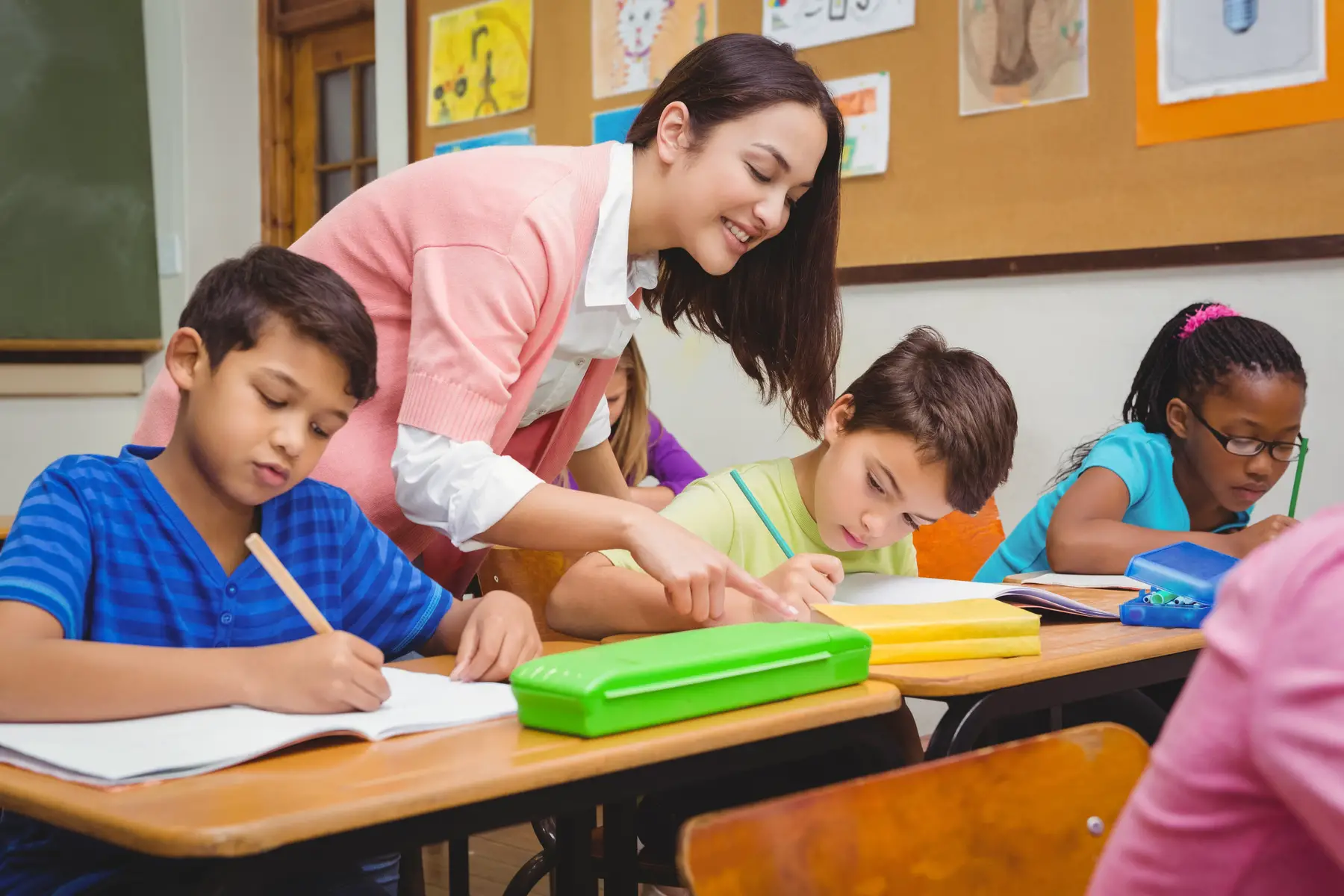
All newcomer pupils have recently arrived in the country, and they all follow a personal program in small classes, for, on average, one year. Once they have finished the program and feel confident enough speaking Dutch, they can transfer to a regular school. Usually, they join the regular class with children of the same age, so they don’t lose a year. You can find all newcomer classes at the primary level on the Lowan website (in Dutch).
Kopklas
Some cities also offer a kopklas, which is a facility for highly motivated pupils who have finished primary school with high grades for math, but much lower ones for the Dutch language. This is a sort of bridge class between group 8 of primary school and year 1 of secondary school. Through one year of very intensive Dutch classes, they prepare for a higher level of secondary education than initially recommended for them.
Special needs education in the Netherlands
Under the Inclusive Education (Passend Onderwijs) Act, children with and without special needs should be able to go together to the same schools. All schools are responsible for providing a suitable learning place for every child.
If the support required turns out to be too specialized or intensive, the child might be referred to a dedicated special needs school. There are three main types of special needs education: Speciaal basisonderwijs (special primary education, or SBO), and speciaal onderwijs at both primary (SO) and secondary (VSO) levels.
At SBO schools, the pupils follow the same program and have the same government-set core objectives as regular primary schools. However, because of the smaller class sizes at these schools, the children receive more personal attention and tailor-made support. They also get more time to complete primary school (till the age of 14, instead of age 12).

At the dedicated special needs schools (speciaal onderwijs), they offer education suited to pupils who have specific types of special needs. There are four types, or clusters, of special needs schools:
- Cluster 1 schools are meant for visually impaired pupils.
- Children who are deaf, or have a serious speech disorder may attend Cluster 2 schools.
- Cluster 3 schools welcome children who have an intellectual or physical disability, or who suffer from long-term illness.
- Cluster 4 schools accept students with psychiatric or serious behavioral issues (e.g., autism and ADHD).
In small classes, the children receive more tailor-made support from specialized teachers and in-house therapists. Also here the pupils follow the regular curriculum as much as possible. If a pupil makes enough progress at the special needs school, they may transfer to a regular (primary or secondary) school, with some additional support if needed.
The curriculum in Dutch primary schools
Common curriculum in the Netherlands
The Ministry of Education, Culture, and Science (OCW) has prescribed the basics all schools have to teach, which they call core objectives or attainment targets (kerndoelen in Dutch).
There are 58 core objectives among the following subject areas:
- Dutch
- English
- Arithmetic and mathematics
- Social and environmental studies (including geography, history, biology, citizenship, road safety, sexuality, sexual diversity, and political studies)
- Creative expression (including music, drawing, and arts and crafts)
- Sport and movement
- Frisian language (for the schools in the northeastern province of Friesland only)
Since 2018, a think tank consisting of educational experts, teachers, and school leaders has been working on a new curriculum, which also provides clearer guidelines for modern subjects like digital literacy. When and how this curriculum will be implemented is not yet official.
Class composition in the Netherlands
Especially in the bigger cities, schools have an average of 25–30 pupils per class. Since group 1 pupils start at any moment of the school year, classes are small at the beginning of the school year and grow as the year progresses. Classes are always mixed, boys and girls. Some of the schools that are based on a philosophy combine multiple age groups in the same class. You can read how this works further down.
It is very common to have two part-time teachers teaching the class, who each work on their own fixed days. Often there is also a part-time teaching assistant who helps out a couple of hours per week.
School vacations in the Netherlands
The Dutch school calendar allows for 12 weeks of vacation per year. After every 6–7 weeks of school, the pupils are off for one or two weeks, so they can rest and recharge their batteries. The summer vacation, the exact timing of which varies each year, lasts for six weeks.
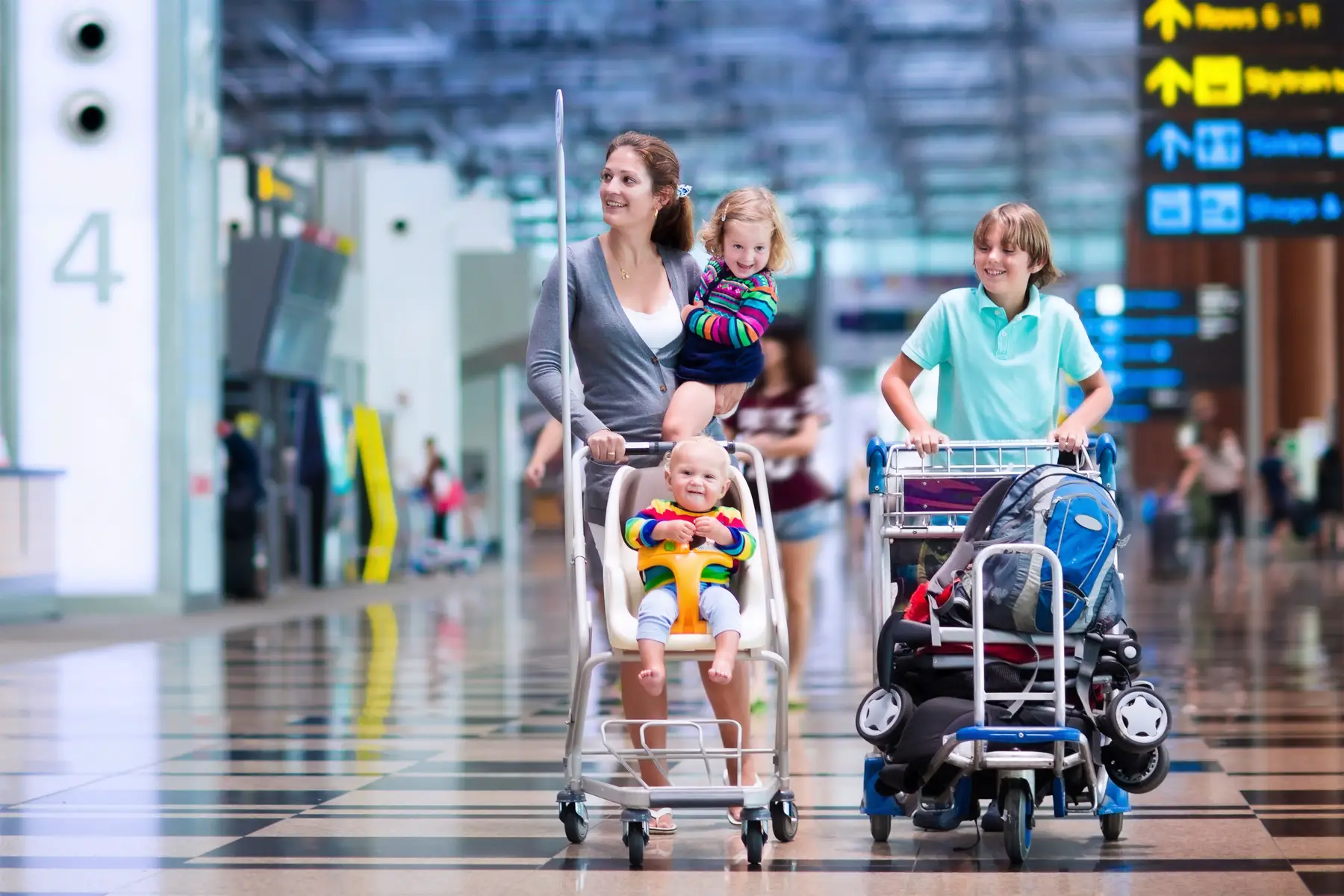
In addition to the national holidays, there are also a couple of school-specific days off. Take note of these. When it says studiedag on your child’s school calendar, it means that the teachers have a teacher training day, and the pupils are off.
Since August 2020, 20 primary schools across the country have been taking part in a pilot project for more flexible school hours and vacations. The pilot will run for five years, until August 2025. In the meantime, the quality of these schools is being closely monitored. If they experience positive results, it will hopefully become easier for parents to take some vacation days at their own convenience – at least a few days here and there.
School hours in the Netherlands
School hours aren’t fixed either. Most schools start between 8:30 and 9:00 and finish between 14:45 and 15:30. Many schools are off on Wednesday afternoons. Children go to playdates or birthday parties, or attend a local sports club, music school, or another activity, usually subsidized by the municipality. Some other schools have five school days of equal length, so they finish earlier each afternoon.
By law, primary schools have to teach a minimum of 7,520 hours during the eight years of school, with the majority of the hours in the last four years. This translates to about 26–28 hours per week, including at least two hours of gym class/physical education (PE) and a minimum of 45 minutes of break time per day.
For the first year of school, for four-year-olds, things are a bit more flexible in terms of school attendance. From the age of five, however, the school attendance law (leerplicht in Dutch) becomes very strict, and children may only miss school for very specific reasons, like an important family celebration or emergency, or when the parents can prove they couldn’t go away during the school vacations because of work.
Most primary schools only give a little homework, and if they do, it is usually only for the higher classes, to prepare for secondary school.
Common educational philosophies in the Netherlands
Next to the obligatory subjects, schools have the freedom to add additional subjects, or spend more time than average on, for example, arts, languages, science, or theater. They may also choose their own teaching methods and learning materials. Many schools base their teaching on a religion or educational philosophy. The most common philosophies are Montessori, Waldorf, Dalton and Jenaplan.
Montessori primary schools in the Netherlands
At Montessori schools, they encourage independent learning and taking responsibility, and they usually combine three age groups in one class.
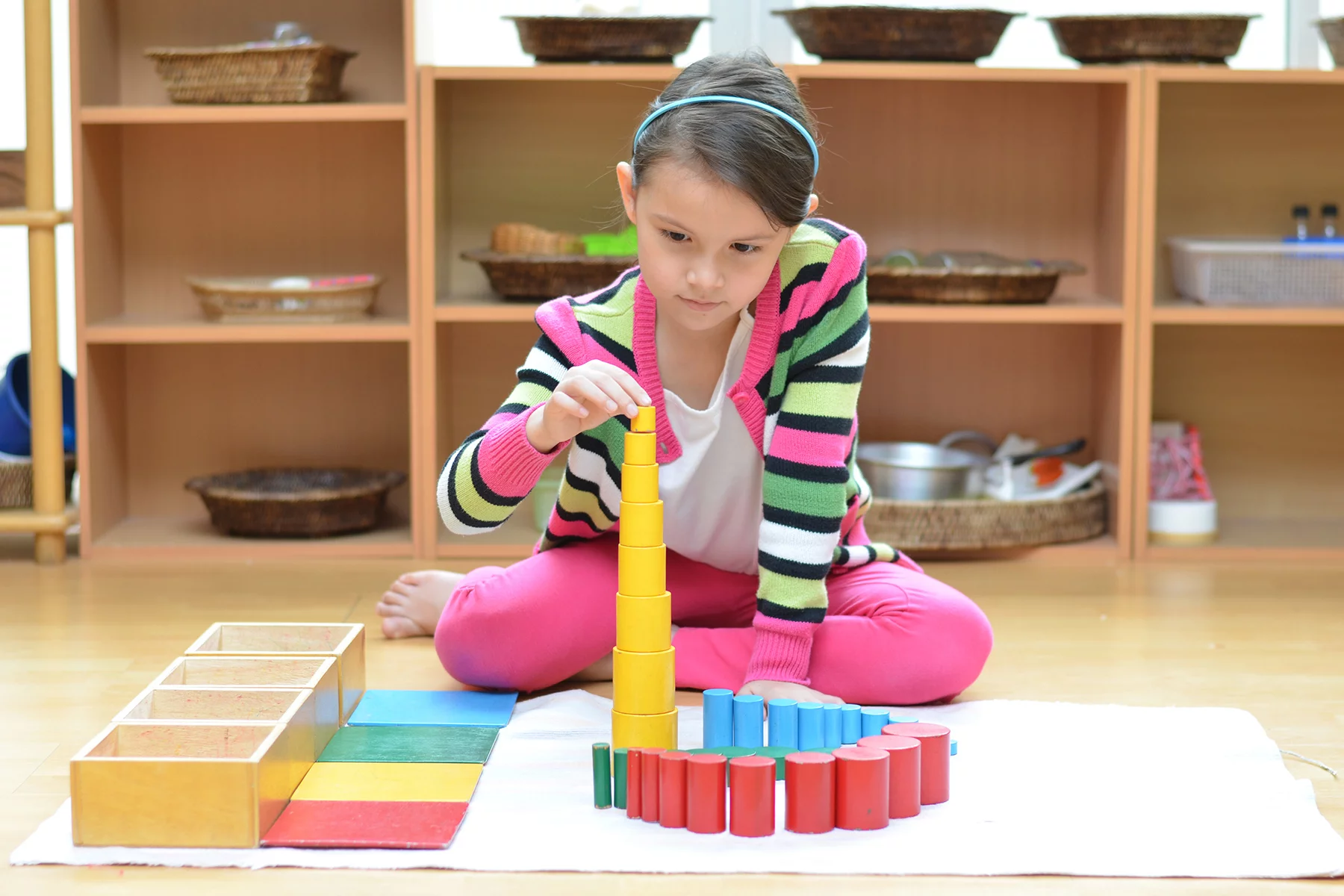
Children work at their own pace with dedicated Montessori materials, help each other and learn from each other. Pupils often have the same teacher(s) for three years.
Waldorf primary schools in the Netherlands
Waldorf education strives to develop the pupils’ minds, bodies, and spirits, and focuses a lot on the integration of intellectual, artistic, and practical skills. The teachers mainly teach in a classroom setting, and the pupils learn through stories, poems, fables, recitals, arts, music, theater and celebrations, with the help of natural materials. Teachers commonly stay with the same class for 3–6 years.
Dalton primary schools in the Netherlands
In Dalton schools, pupils learn to plan their own work, set their own realistic deadlines, and work in groups on projects around a specific theme. They often change the composition of the groups, so children learn to work with different kinds of people. Usually there is only one age group per class, and the teachers change every year.
Jenaplan primary schools in the Netherlands
Lastly, in Jenaplan schools, the community plays an important role. They combine three age groups in one class to more realistically resemble a family setting, or our society. They talk a lot about other countries and cultures, and often organize gatherings and (cultural) celebrations with the entire school. Like Montessori, the teacher often stays with the same class for three years.
Graduating from primary school in the Netherlands
Pupil monitoring system
Twice a year, from group 2 onwards, the pupils take a test to measure their progress. This is called the pupil monitoring system (leerlingvolg-systeem, LVS). With these tests, schools can spot any learning difficulties like dyslexia at an early stage. If needed, the child will get some additional support. The tests are also a way to measure the quality of teaching. The pupils can’t pass or fail these tests, and there are no direct consequences based on the outcome of the tests alone. Also, there is usually no competition between the children based on the test results, and there are no best-in-class awards.
End test of primary school
Towards the end of group 8 (at age 12), the pupils have to take the end test of primary school (Eindtoets groep 8). This also applies to the schools that are based on a philosophy, special needs schools, and almost all private schools. There are five independent test providers the schools may choose from; Cito is the most well-known.

The Ministry of Education approves all these tests, which assess the pupils’ level of Dutch and math. Optionally they can also ask questions about other subjects like history, geography or nature. You shouldn’t see this test as an exam, and the pupils cannot pass or fail.
Teacher’s assessment
Before the end test takes place, the group 8 teacher assesses what level of secondary education would fit each pupil best. They base their recommendation on various factors including:
- the pupil’s test scores since group 6
- their intelligence
- the student’s attitude to learning
- their eagerness to learn
- the child’s interests
- and of course, their motivation
Recommendation for secondary school
Based on the outcome of the end test and the recommendation of the teacher, the pupils get a school recommendation (advies) for the appropriate level of secondary education. The teacher’s assessment is the decisive factor. If the test results are higher than the teacher’s recommendation, the school recommendation may be upgraded. If the test results are lower, then the teacher’s recommendation is followed.
You should also know that children who have lived less than four years in the Netherlands don’t need to take the end test. In this case, the decision is the teacher’s.
Musical
At the end of the school year, the group 8 pupils traditionally perform a musical for the rest of the school and their parents as a goodbye present. After the end test, they spend a lot of time rehearsing the songs and plays, and they usually also create the décor themselves.
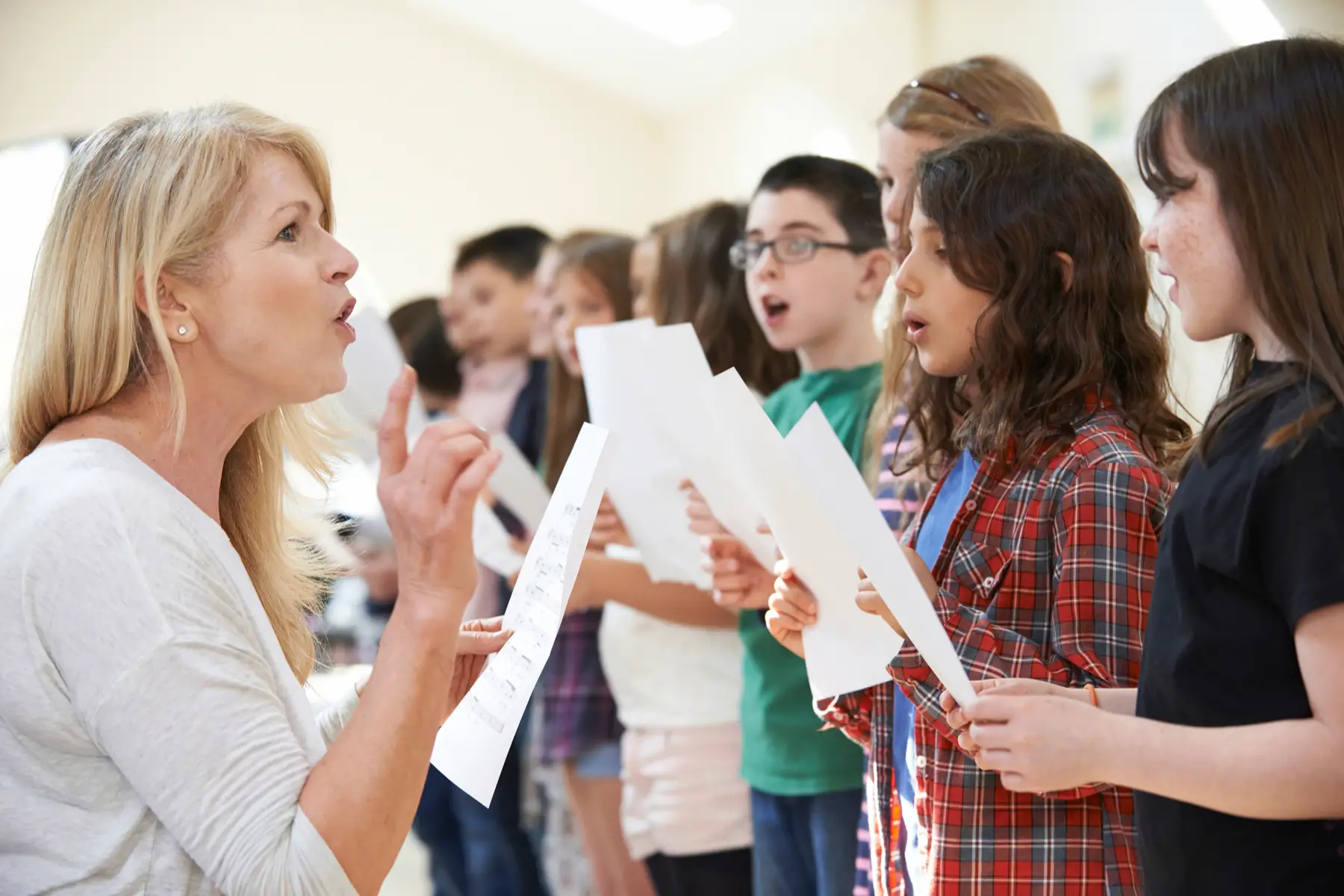
This is very nice event, which most Dutch adults still vividly remember.
State-funded schools in the Netherlands: registration and costs
The school application policy varies per city, and sometimes even per school. The costs also vary per school. Let’s take a look at the process, the costs, and if you still have doubts, the pros and cons of state-funded Dutch schools.
Applying to government-funded primary schools in the Netherlands
In bigger cities like Amsterdam, The Hague, Utrecht, and Haarlem, children get priority for a limited number of schools based on their address. Enrolment goes through a lottery procedure carried out by the municipality. The age of application varies per city and sometimes even per school, and usually takes place around age three.
In most other places, parents may send their children to the school of their liking. Some schools work with a waiting list, so you should find out about the applicable procedures in your town or city well in advance. Most parents find a school close to home, which matches with their values and educational principles.
Side-streamers
Children who are already four or older who need a place at a Dutch school are called side-streamers (zij-instromers). These children don’t need to take part in the school lotteries. Instead, you directly approach a school to ask for a place. Be aware that the class of your child’s age group could already be full, which means that the school cannot accept them. This could even happen when you live right next to the school. Parents in the know even first inquire about the availability at the schools in their desired neighborhood before they settle on a house.
Most schools already allow you to apply before you have an address or BSN (social security) number, provided you are serious about living in their neighborhood. Your child can start school at any time of the year, and doesn’t need to wait until the beginning of the school year.
Costs of schools in the Netherlands
Almost all schools in the Netherlands are funded by the government. Education at these schools is free, but parents are asked for a voluntary parental contribution (ouderbijdrage). The school uses this to pay for extra things like school trips, celebrations (Sinterklaas, Christmas, summer party), maybe a specialized music or arts teacher, or a pupil-run vegetable garden. Usually, the parent contribution is lower than €100 per year. The bijzondere schools often ask a bit more. Parents who cannot afford this contribution can get subsidies from the municipality.
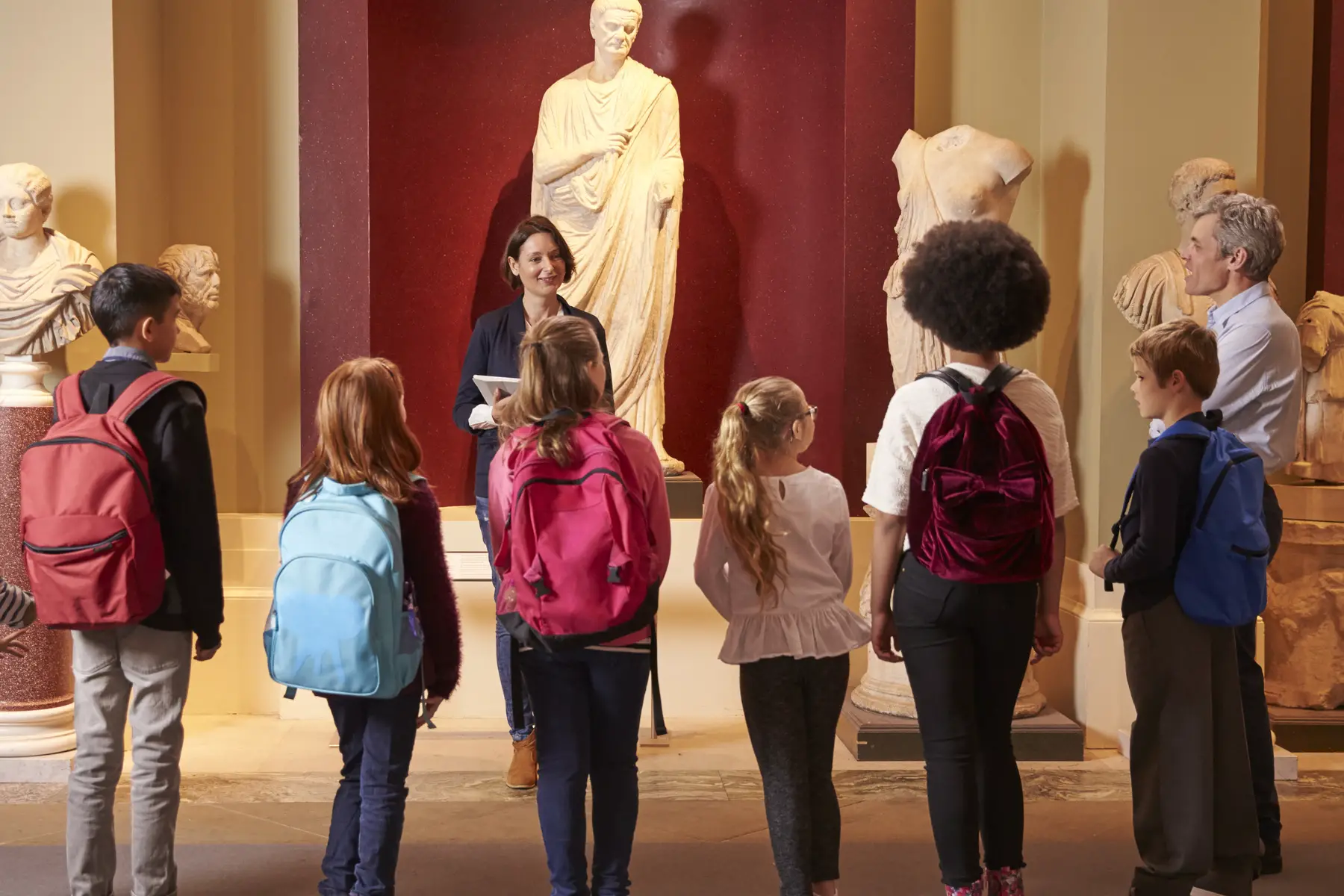
School books are free, and at most schools the pupils don’t need to pay for school supplies either. Many schools give the option to their pupils to either go home for lunch, or stay at school. Children who stay at school have to bring their own (simple) lunch from home. Often the teachers also have a lunch break then, so the schools hire external lunch supervisors. In this case, parents must pay an additional fee (overblijfgeld).
Schools get more money from the government for children who have some learning issues, development delays, or whose parents have a lower level of education, to help them catch up.
Pros and cons of government-funded schools in the Netherlands
Most children in the Netherlands go to a government-funded school, and their parents have low education costs. In general, the quality at these schools is high. Especially in the bigger cities, though, some schools are suffering from a teacher shortage. This sometimes results in nearly graduated trainee teachers teaching a class by themselves. In more extreme cases, they temporarily spread out an entire class over other classes. Sometimes the pupils even get sent home for the day.
For most parents, the biggest advantages of Dutch schools are that they are free and that their children feel more at home in their local neighborhood. Most children live close to the school and commute on foot or by bike. This is also very handy for the numerous playdates the children usually organize themselves.
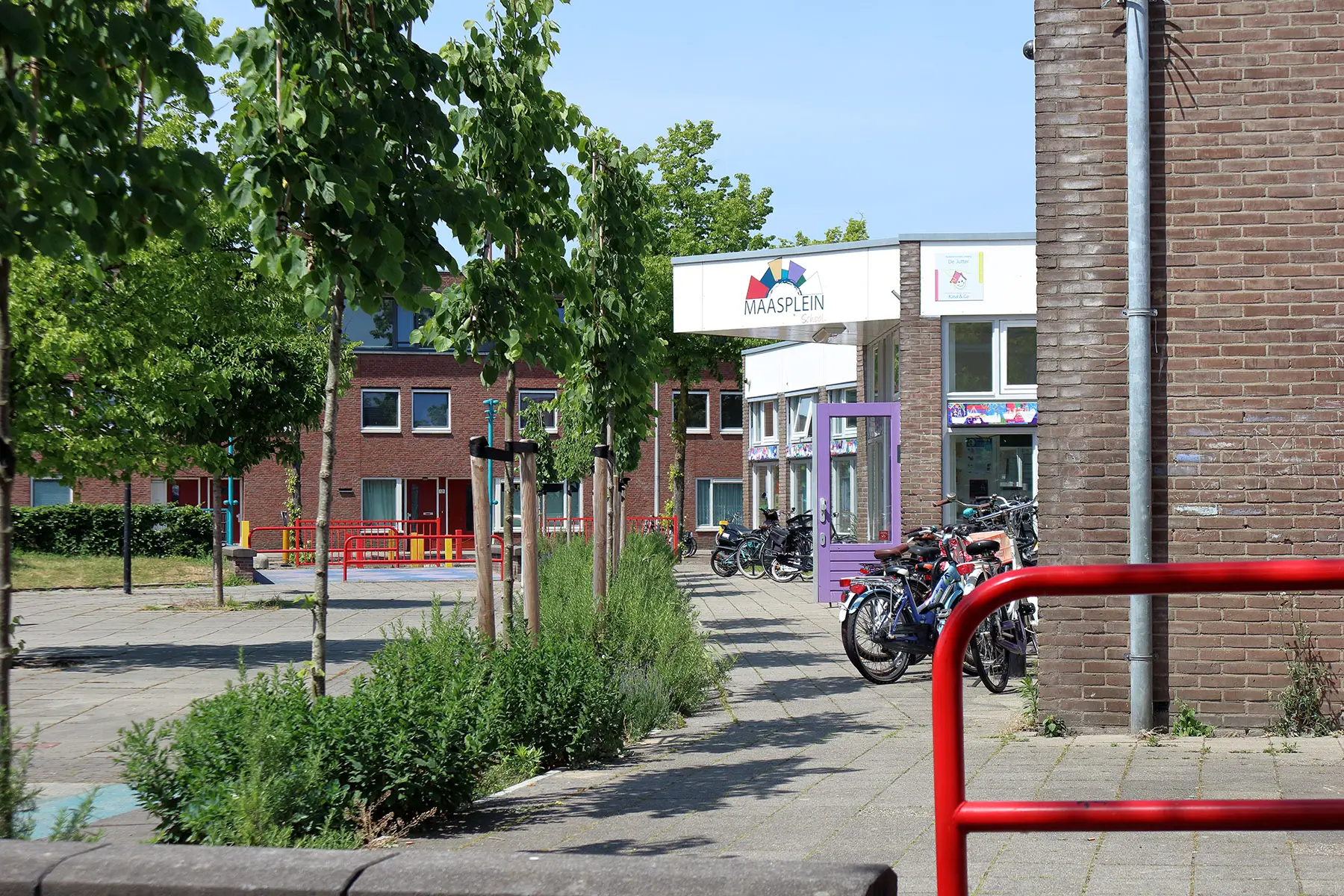
If your family is planning to stay long term rather than just spending a few years in the Netherlands, a Dutch school will help your kids integrate better, and prepare them for a future (university and career) in the country. Parents who are planning on staying temporarily often choose an international school instead.
International schools in the Netherlands
Some international schools are subsidized by the Dutch government, and parents pay around €5,000 per year for primary school. These schools teach in English and follow an international curriculum, most commonly the International Baccalaureate (IBPYP) or the International Primary Curriculum (IPC). They usually teach a bit more Dutch than the private international schools, and encourage their pupils to take part in local after-school activities. However, they do not teach enough Dutch for pupils to be able to switch to a Dutch school later. The subsidized schools are intended for families who are staying temporarily (2–3 years) in the Netherlands. However, students are also welcome to follow their entire education there. These schools roughly follow the calendar of the Dutch schools.
International primary schools in the Netherlands include:
- Amity International School
- The British School of Amsterdam
- The International School of Amsterdam
- The International School of The Hague
- Winford Bilingual Primary School – has locations in The Hague, Amsterdam, and Haarlem
Some international schools are funded by the country or region they are affiliated with, for example, the French, Japanese or European schools. Their parents pay similar amounts as they would for the Dutch government-subsidized international schools.
The private international schools usually teach in English, and commonly offer more facilities and extra-curricular activities than the subsidized international schools. They have their own vacation schedules.
Pros and cons of international schools in the Netherlands
International schools cater to the international community. While of course children are welcome to do their entire education there, this is often the best solution for families who are only in the Netherlands for a short period, or if their children are already older.

Contrary to virtually all Dutch schools, most international schools combine primary and secondary schools in the same building, which makes the logistics easier for families with children of different ages.
Since the amount of Dutch taught at international schools is rather limited, their pupils often don’t speak enough of the language to make local friends. Many families at international schools also tend to leave the country after 2–3 years, which makes for less stable friendships.
Private primary schools in the Netherlands
There are a very small but slowly increasing number of private schools in the Netherlands. These schools don’t receive state funding, but do have to undergo the regular inspections. In most cases, parents pay €16,000 or more per year, per child. Most of these private schools are international, or secondary schools. Across the whole country, there are only around 1,000 pupils in Dutch private primary schools, spread out over 19 locations.
Private schools offer more individual attention in smaller classes, a personalized curriculum, and specialized support in case of learning difficulties. Many of the pupils at a private school started at a regular, government-funded school, and switched to a private school later in their school careers when it didn’t work out for various reasons.
Some private schools follow a bilingual curriculum, and there are also what are known as democratic schools, where the pupils may make their own choices regarding their education, together with their teachers and parents. Since there are only a few private schools in the country, most of their pupils don’t live close by. This often makes it more difficult to meet each other spontaneously and organize playdates.
Boarding school
Boarding schools aren’t really a thing in the Netherlands. There are only a few options, mainly intended for children whose parents work on a ship, or at carnivals. There is one international boarding school, Eerde International Boarding School, located in Eerde, near Zwolle.
Useful resources
- Dutch Inspectorate of Education – responsible for the inspection and review of schools and educational institutions in the Netherlands (in English).
- Scholenopdekaart – test results and other info on all government-funded primary and secondary schools in the Netherlands (in Dutch).
- Schoolwijzer Amsterdam – info on all government-funded primary and secondary schools in Amsterdam, including their application policies.
- Nuffic – the official Dutch organization for TTO bilingual education
- EURYDICE – an overview of the Dutch education system by the European Commission (in English).


